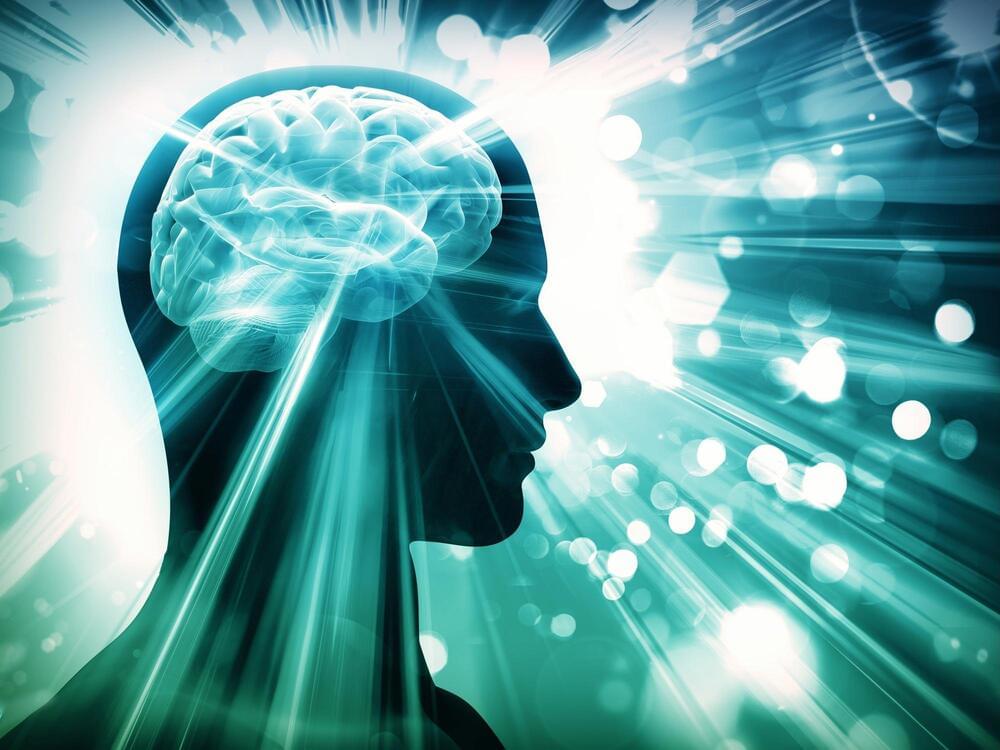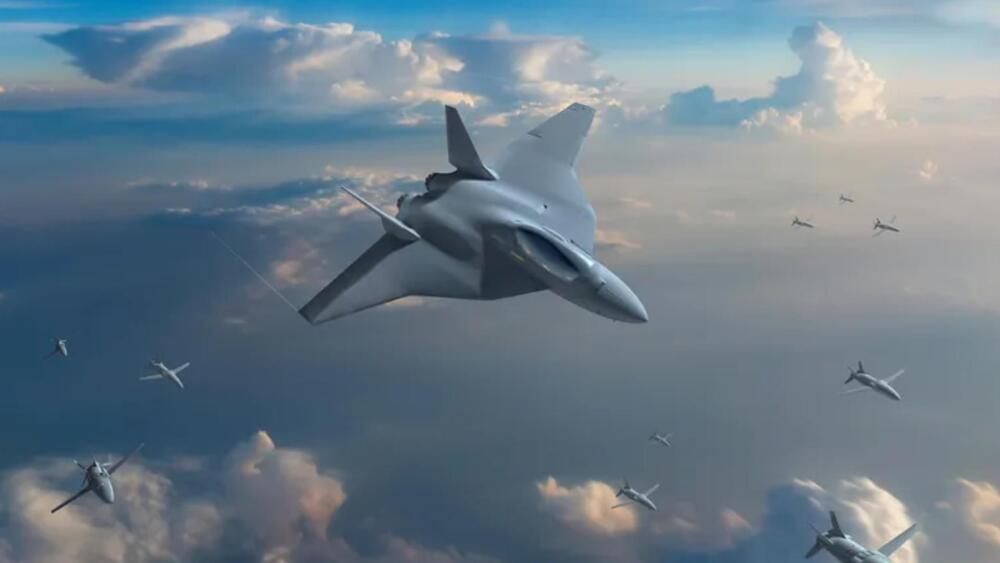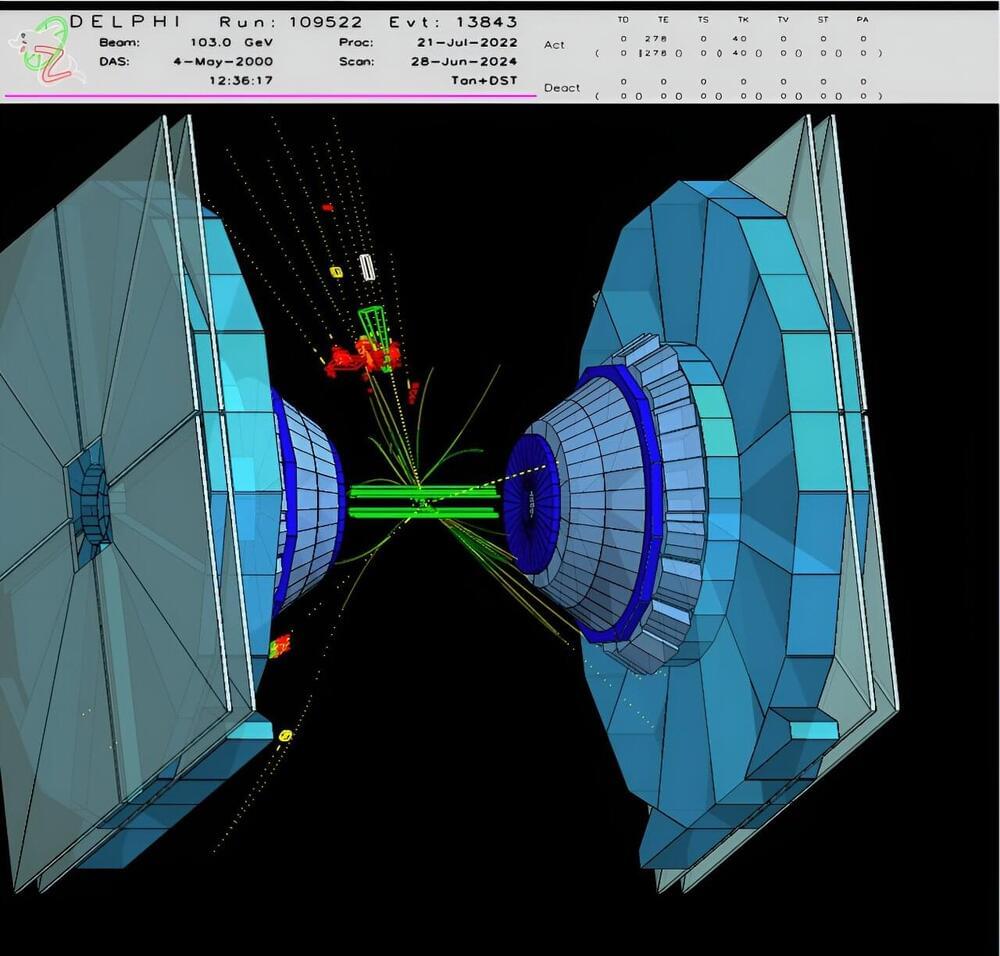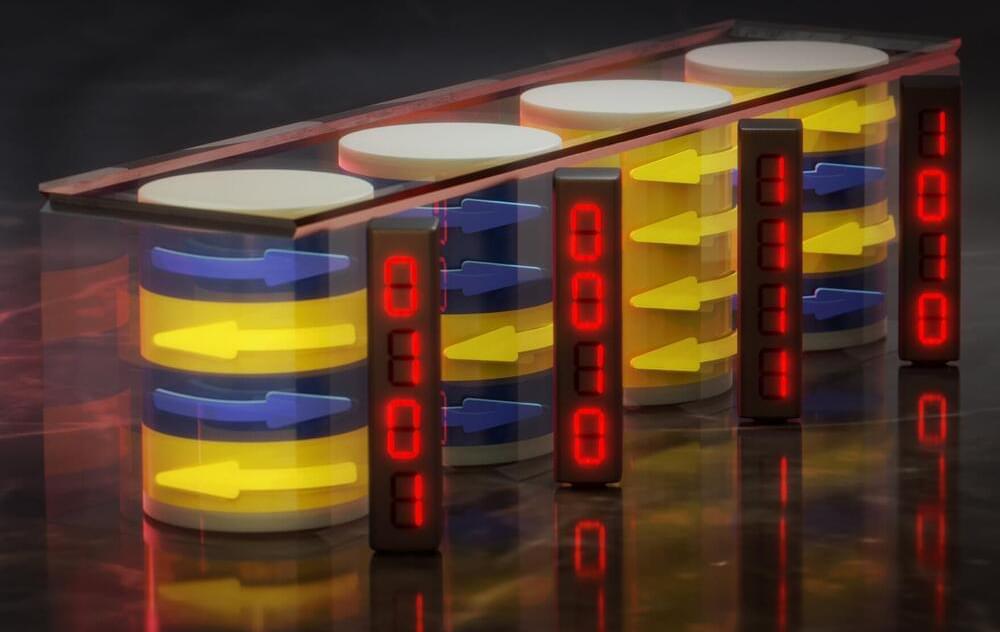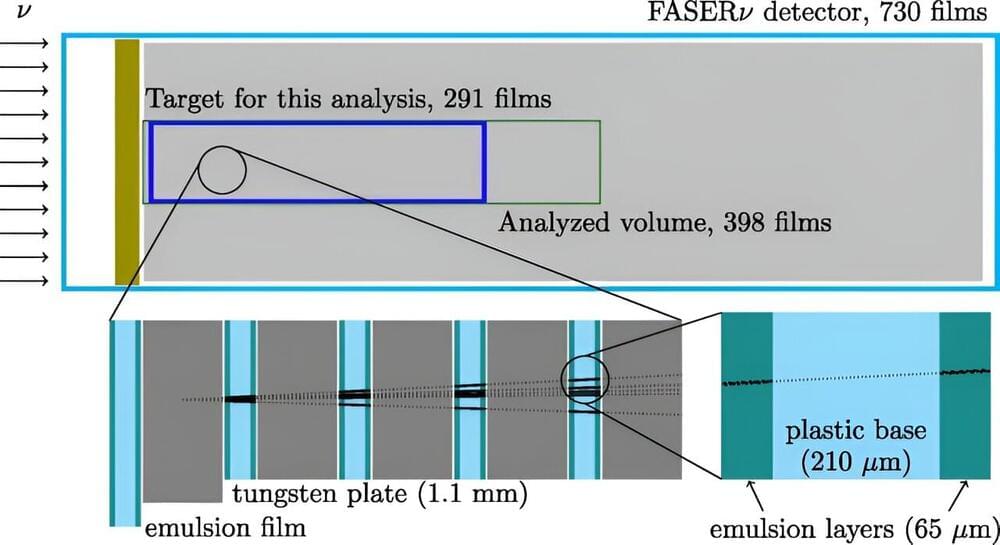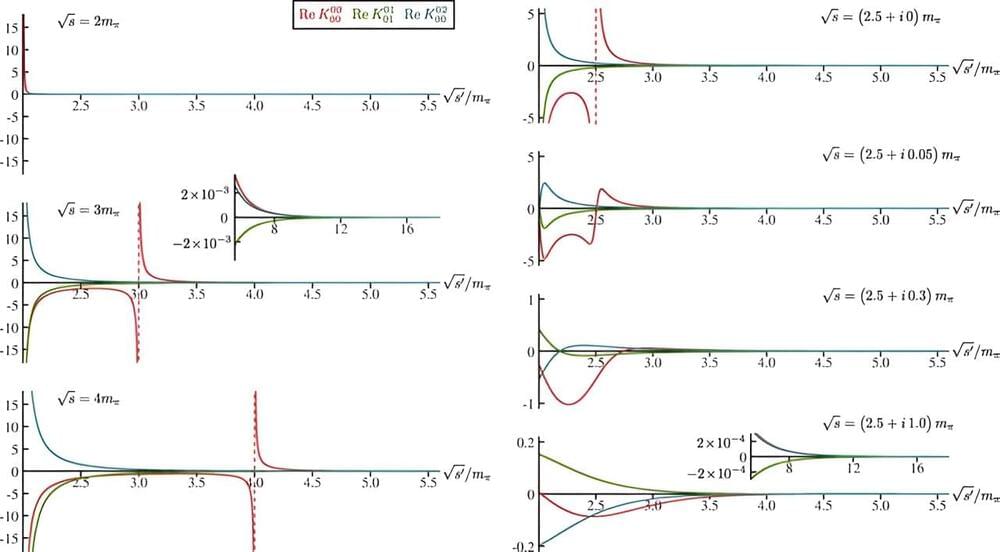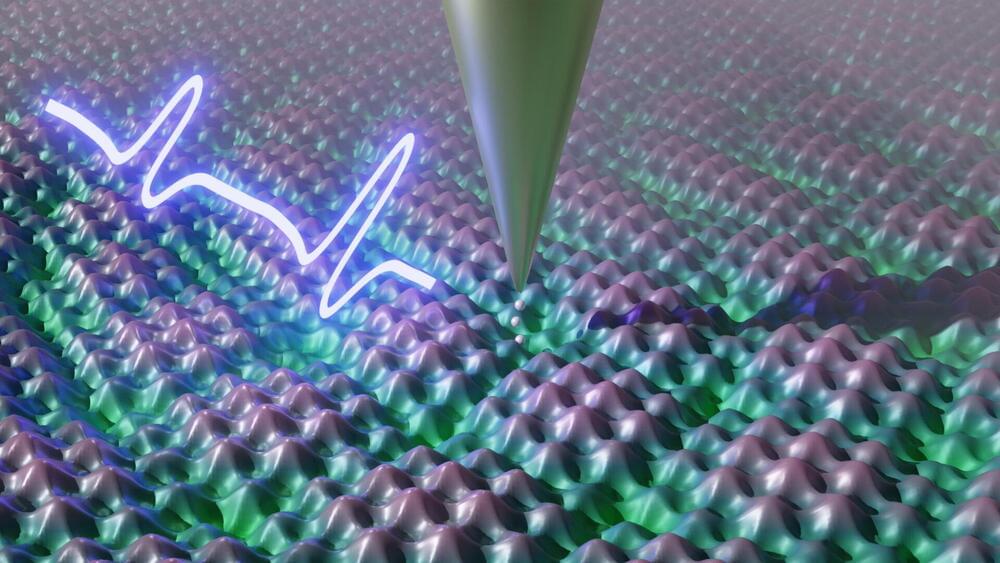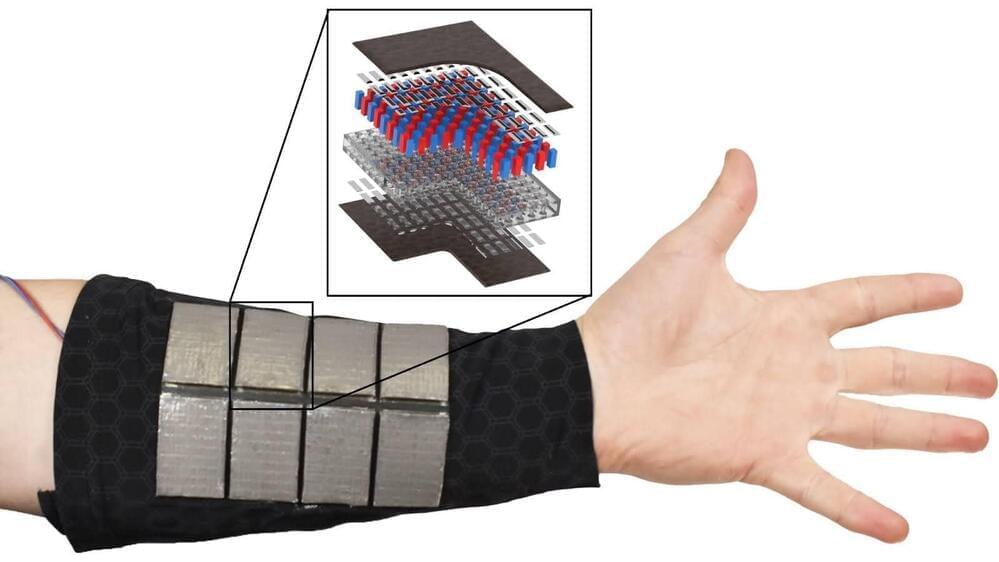Researchers from the University of Queensland have found that high-intensity interval training significantly enhances brain function in older adults, with cognitive improvements lasting up to five years. This study, led by Emeritus Professor Perry Bartlett and Dr. Daniel Blackmore, confirms that such exercise can not only improve but sustain cognition in aging populations, potentially reducing the risks and costs associated with dementia.
Researchers from the University of Queensland have conducted a longitudinal study demonstrating that high-intensity interval exercise can enhance brain function in older adults for up to five years. Led by Emeritus Professor Perry Bartlett and Dr. Daniel Blackmore of UQ’s Queensland Brain Institute, the study involved participants engaging in physical exercise and undergoing brain scans.
They have shown high high-intensity exercise boosts cognition in healthy older adults and the improvement was retained for up to 5 years.
